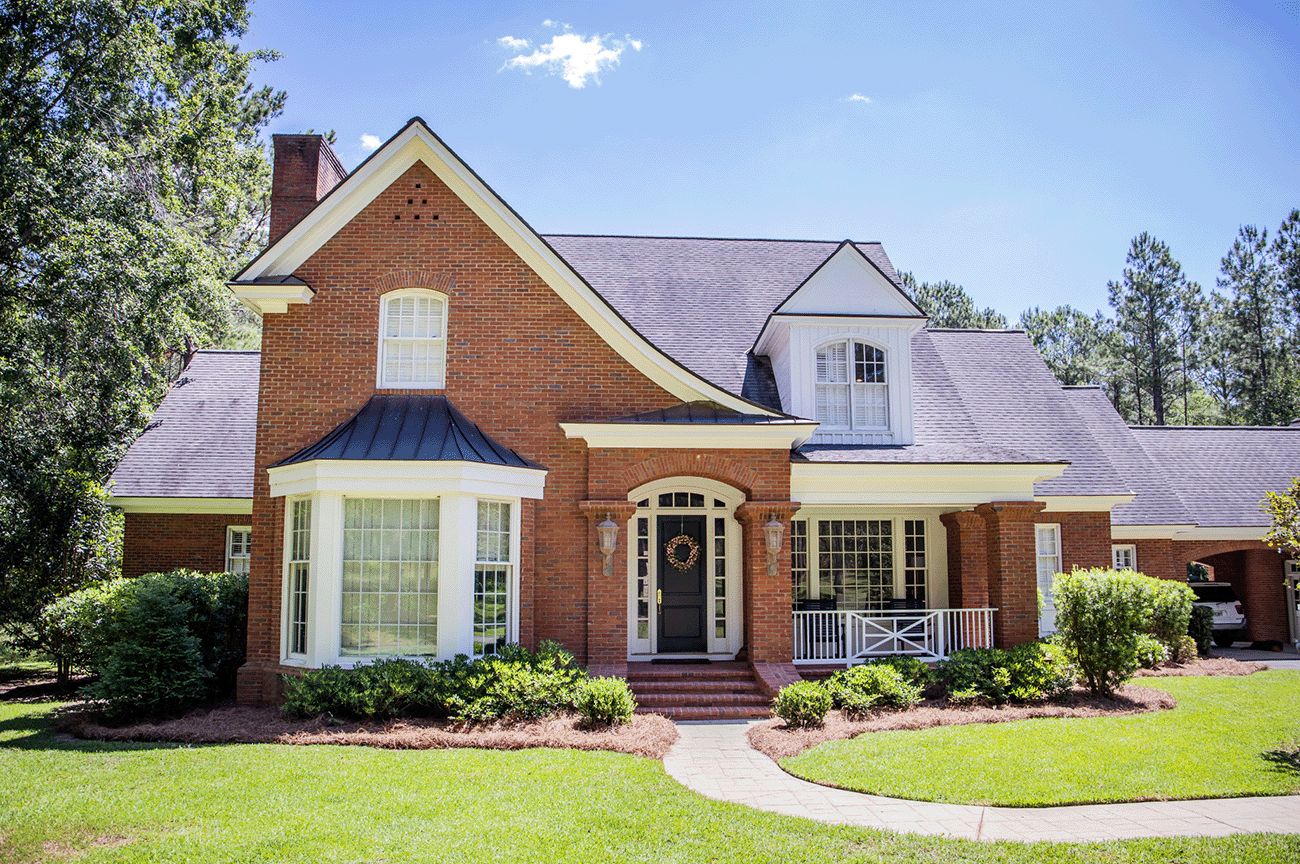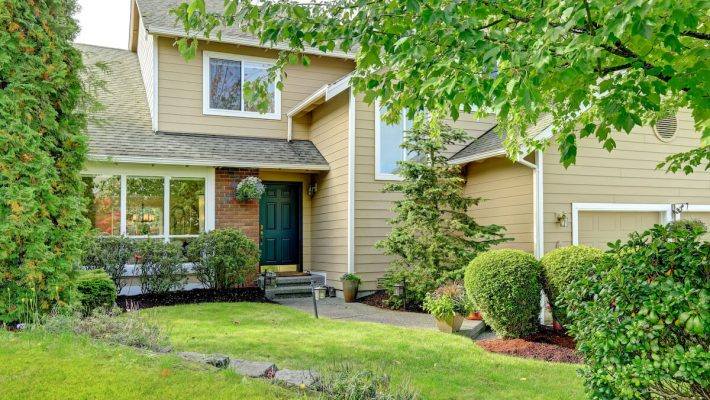It’s hard not to fall in love with a “century home.” While most newer homes have similar looks, a 100-year-old home practically screams with character. But could buying one simply leave you screaming with frustration?
Old homes have tons of unique features, vintage charm and their craftsmanship can be unlike anything you see today – but they can also be burdened with problems you may not expect.
Does that mean investing in a 100-year-old home is a bad idea? Not necessarily. It just means that you need to weigh the pros and cons pretty carefully before you commit.
What Are the Benefits of Buying a 100-Year-Old Home?
Before we address any of the potential drawbacks, let’s look at the reasons that people find the lure of a century home so attractive:
You’ll Find Loads of Character
Are you looking for original stained-glass windows in your home, along with crown moldings, stucco ceiling designs and glass doorknobs? Do you want a functioning dumb waiter and laundry chute that leads from the third floor to the basement? You won’t easily find these kinds of embellishments in modern homes. When you buy a 100-year-old home, you are getting a home that was built well before McMansions and cookie-cutter developments became a thing.
The Workmanship Is Usually Top-Quality
Modern home developers have to do their best to cut costs where they can, so builder-grade materials are the norm. The average 100-year-old home tends to have a lot of solid brick, heavy wood flooring and other materials that would cost a fortune in today’s world to put into a piece of new construction.
The Location Can Be Fantastic
If you’re wanting to live in an urban area but you don’t want to live in a shoebox-sized home, a 100-year-old home can be an ideal solution. Many of them were built in an era when people needed to be able to walk to the center of town or the local school, so you can end up with a prime living spot that’s close to everything you need and enjoy – including shopping, theaters, restaurants and entertainment spots.
Property Taxes Are Often Lower
If your 100-year-old home still has a lot of its original features, the general wear-and-tear over time and lack of upkeep often means that they’re assessed lower than newer homes of similar size. That can lead to a nice break when it comes to dealing with your annual property taxes.
You Usually Get More Square Footage
A century ago, property wasn’t quite as dear as it is today, so it isn’t unusual for a 100-year-old home to have a much bigger yard than newer homes in the area. Today, developers have to slice lots down so they can build as much as possible. If you love the idea of a secret garden or your own little oasis in the backyard, but you still want to live in a city, this could be an ideal solution.
What Are the Disadvantages of Buying a 100-Year-Old Home?
Despite their distinctive allure, century homes do have some potential for problems, so consider the following:
You May Be Dealing with a Lot of Outdated Systems
That 100-year-old home may come with equally aged plumbing. The heating system may be antiquated. The wiring may not have been kept up to code or capable of handling modern electronics. Windows are virtually guaranteed not to be energy-efficient, and who knows if you have good Wi-Fi? You have to expect to do a lot of upgrades to modernize some things once you get in – partially for safety and code compliance and partially for practicality.
Don’t Expect the Storage to Be Fantastic
Forget about walk-in closets and lots of hidden storage spaces. People simply owned less, and many had free-standing wardrobes to hold all their clothes. You may have to either get creative about storage or learn to adapt your lifestyle so that you don’t mind the lack of shelf space so much.
There Could Be Structural Problems
A good home inspection is an absolute must before you invest either your heart or your money into a century home. If the home has been properly loved and maintained over the years, it may well outlive you. If it hasn’t, you could be dealing with windows that won’t open, doors that jam, cracks in the foundation and other expensive issues. Pests, too, may have taken their toll on a home over time.
Renovations May Be Difficult
Asbestos and lead were commonly used in building materials in the past, and there may be remnants of these materials around your pipes, inside your walls and up in the attic. Some of these issues can be managed by simply covering the older materials over, but some of them cannot. Again, you’ll need to hire an excellent home inspector and listen carefully to what they say before you decide.
The Yard Could Actually Be a Disaster
You know what you find in old yards? Old trees. That 100-year-old white oak may have been planted when the house was brand new, but now it’s a monstrosity that threatens your safety in every storm – and expensive to remove. Plus, old roots can clog your pipes and crack your foundation.
What’s the Final Verdict on Buying a 100-Year-Old Home?
In the end, it all comes down to your preferences and expectations. If you go into a purchase cognizant of the obstacles you may face with a century home, they can be a wonderful place in which to raise a family and build your life. Just make sure that you have an experienced real estate professional to guide you through all of the potential challenges as you go so that you make the right investment for your needs.




